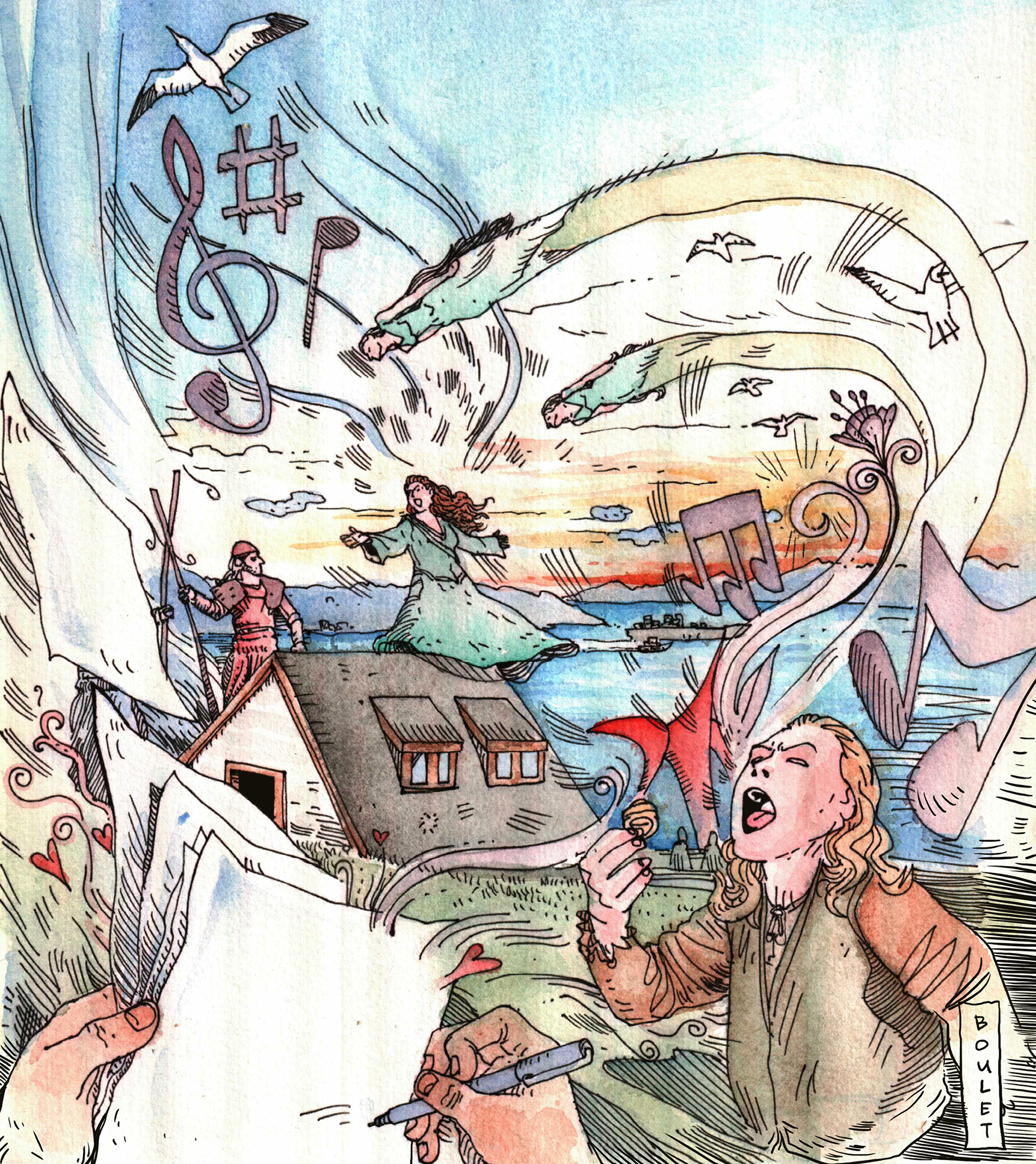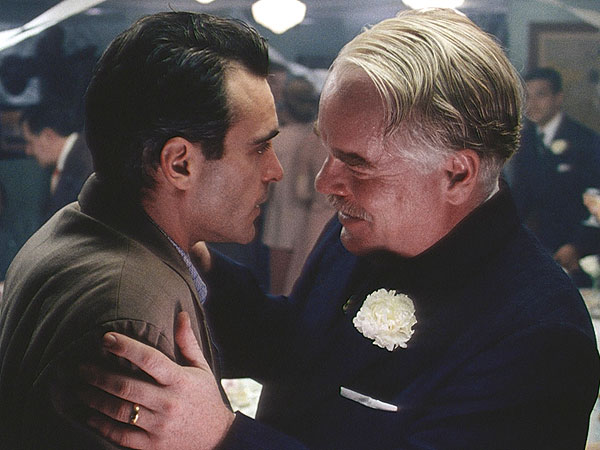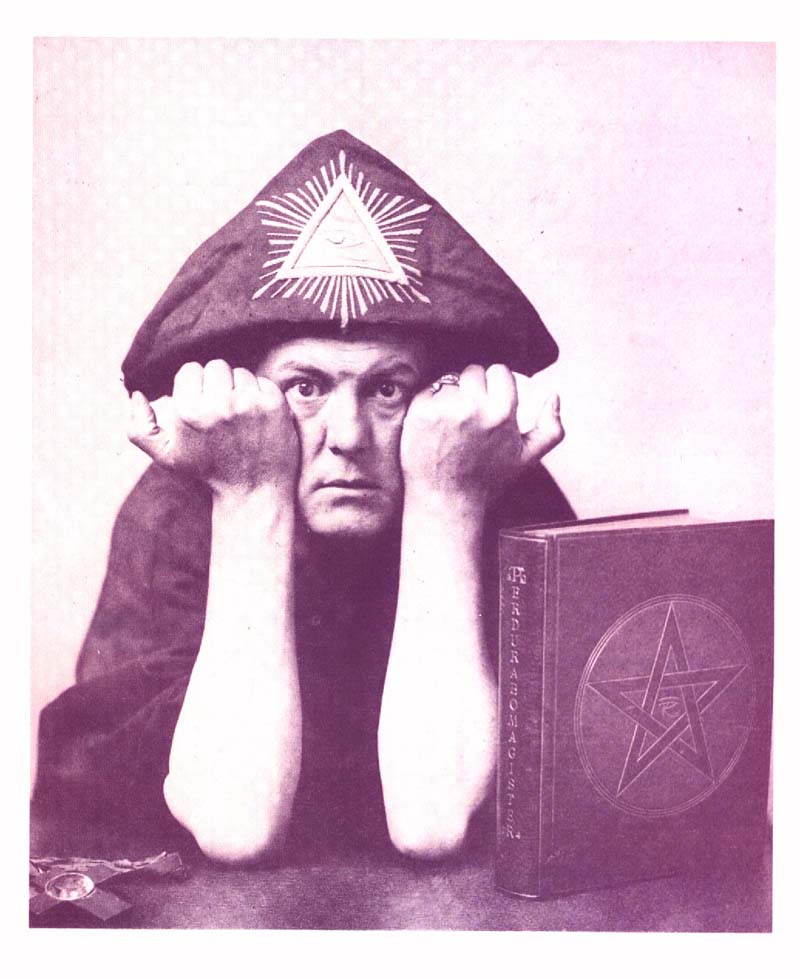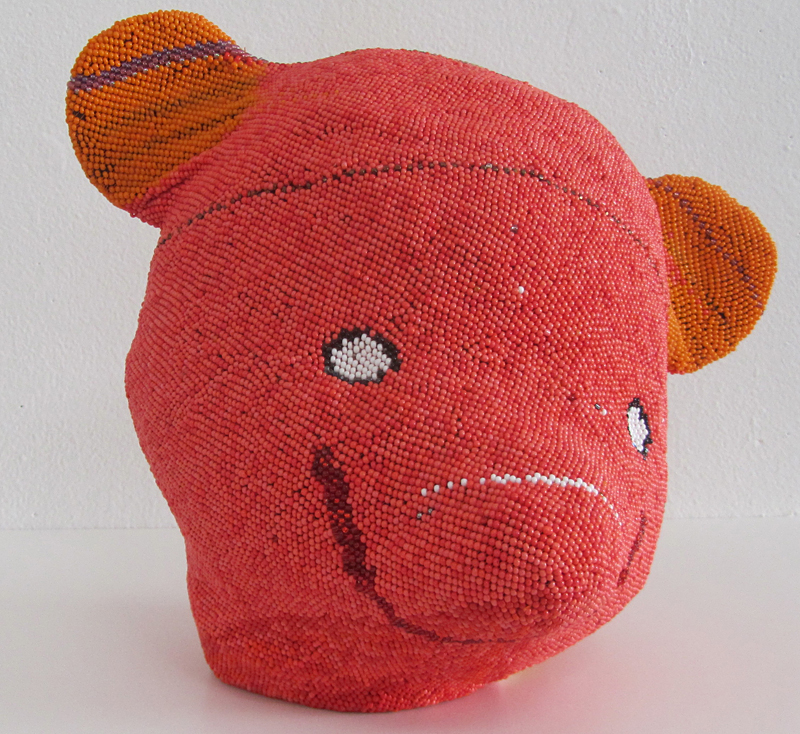WEDNESDAY 4/18
Photography: Family Duress
What’s the primary cause of homelessness? Poverty, obviously, but financial catastrophes often result from health crises. You don’t have medical insurance, you get sick, you spend all your savings, and suddenly you’re living in your car. Such scenarios—and the “Repeal Obamacare!” chants—are brought to mind by Dan Lamont‘s photojournalism, part of the show Looking Into Light, which also includes archival images from The National Center on Family Homelessness. Lamont, a local shooter, received a Seattle University fellowship in 2010 and traveled the state to document young parents, war vets, and others who suddenly found themselves without a roof. One is a single mother living in Okanogan County. She’s raising two young sons, rides in rodeos, and is studying for a career in criminal justice. (There’s always a market for prison guards.) “Cowgirls don’t cry,” reads her neck tattoo, and she appears a tough but tender parent. Over in Issaquah, a former Marine tends his kids while living with his invalid mother. These are rural and suburban scenes, not the downtown shelters and Pioneer Square panhandlers many of us witness every day. Yes, the economy may be improving as the recession wanes, but Lamont’s focus is on the vulnerable who need not tax cuts, but direct assistance, to survive. (Through April 27.) City Hall, 600 Fourth Ave., 684-7171, seattle.gov/arts. Free. 7 a.m.–6 p.m. BRIAN MILLER
THURSDAY 4/19
Dance: Pulling the Strings
In Live! The Realest MC, New York choreographer Kyle Abraham starts out with Pinocchio but ends with a much more complex version of humanity. His piece, danced by a small ensemble, explores what it means to be a “real, live boy” when you’re an out gay man in hip-hop culture. His combination of break-dancing and high-powered contemporary styles has earned serious recognition from the dance world (including a Bessie Award in 2010), but it’s his examination of fraught issues outside the performance hall, like the 2010 suicide of gay Rutgers student Tyler Clementi, that takes physical virtuosity to a larger place. The tour-de-force kinetic monologue that ends Realest MC knocked viewers’ socks off at its Pittsburgh premiere last December. Once again, OtB is offering us some of the hottest performance around. (Through Sun.) On the Boards, 100 W. Roy St., 217-9888, ontheboards.org. $25. 8 p.m. SANDRA KURTZ
Stage: Nothing but Sun
Originally scheduled to close its three-week run on March 24, New City’s revival of Happy Days has been extended several times. And for good reason: This is a terrific production of one of Samuel Beckett’s most accessible plays. Chatty, middle-aged Winnie (Mary Ewald) is buried to her navel in a giant sand mound. Nearby, her husband Willie (Seanjohn Walsh) takes refuge from her tidal yappings in a sand hole. Though it’s not clear what got them there or how they survive, we are gradually apprised of some rules of their existence. Their waking day begins and ends with a bell. The sun is always shining. Sundries in Winnie’s shopping bag are running out. In her boredom, Winnie supplements these immutable laws with invented ones, some forcibly chipper (“Mustn’t complain!” “It is a happy day!”), some hilariously self-stinting (“Do not overdo the bag”). Directed by John Kazanjian, the play somehow expands Winnie’s life, and ours, with details that are futile and empty on one level, yet oddly, inexplicably lovable on another. Throughout the 90-minute two-act, I felt as restless as I ever have in a theater seat. Just as Beckett would have wanted. (Runs Thurs.–Sat. through May 5.) New City Theater, 1404 18th Ave., 271-4430, newcitytheater.org. $15. 8 p.m. Margaret Friedman
Film: Starry Future
We bash Paul Allen all the time, but he saved the Cinerama (now 49 years old) and recently gave it an expensive overhaul, and the Science Fiction Film Festival makes excellent use of Seattle’s best single-screen theater. Tonight, the fest launches with the most influential sci-fi flick ever made: Fritz Lang‘s 1927 silent Metropolis, screened with live accompaniment by the Alloy Orchestra (with repeat shows 8 p.m. Fri. and 12:30 p.m. Sat.). Labor relations, class warfare, Oedipal conflict, mad scientists, robots, German romanticism—all combine in a dialectical struggle (and resolution) that Hegel would love. After that come futuristic pleasures including 2001: A Space Odyssey (on a new print), the original 1953 The War of the Worlds (ditto), Tron (the 1982 version with the young, beautiful Jeff Bridges unaugmented by CGI), Forbidden Planet (aka The Tempest in space), Barbarella (see Jane Fonda’s gravity-free striptease!), The Terminator, Dune, and Soylent Green (“It’s peeeeee-ple!!! Soylent Green is people!”). In all, 26 titles will be screened through May 2. Cinerama, 2100 Fourth Ave., 448-6880, cinerama.com. $30 (most regular screenings $12). 8 p.m. BRIAN MILLER
FRIDAY 4/20
Stage: Color Lines
Gentrification always brings discontents, and in the Pulitzer-winning play Clybourne Park, those real-estate complaints are separated by 50 years. The first act of Bruce Norris‘ drama is set in 1959, when blacks are first buying into a white suburb of Chicago, despite fierce local resistance to integration. The second act reverses the dynamic: Now whites are beginning to creep back into the transformed, distressed all-black neighborhood (the same one named in Lorraine Hansberry’s 1959 play A Raisin in the Sun, which also contributes a key character). Yesterday’s white flight becomes today’s gentrif . . . well, you get the idea. But Norris isn’t just borrowing from the Broadway canon. As two sets of sellers are told not to sell by those of their tribe, Clybourne Park is a satire of race relations, expressed through groping language and one-sided speeches. The times may have changed from the Eisenhower to Obama administrations, but none of Norris’ characters seem able to communicate across the racial divide. Braden Abraham directs a cast deployed in double roles in Acts 1 and 2. (Previews begin tonight; opens Wed., April 25; runs through May 13.) Seattle Repertory Theatre, 155 Mercer St. (Seattle Center), 443-2222, seattlerep.org. $15–$74. 7:30 p.m. T. BONILLA
SATURDAY 4/21
Festivals: Nostalgia for Progress
Seattle Center’s latest manifesto for the future is “The Next 50.” The idea is that half a century after our ’62 World’s Fair (which brought Elvis, the Monorail, etc.), the old grounds should again be revitalized with yet another remodel of the armory, a new Dale Chihuly gift shop (er, sorry, museum), an improved stadium, and so forth. But a funny thing has happened around the Center, much of it without direct city investment. First came Paul Allen’s EMP in 2000. Bill Gates recently planted his new foundation next door. Amazon has brought thousands of tech workers to nearby SLU, and the Mercer Street redo will make walking and biking connections, at least, that much easier. Also, despite the real-estate bust, new apartments continue to rise around the 74-acre campus and its precious open space. Today, Seattle Center launches a 50th-anniversary historical exhibition, organized by MOHAI, called Celebrating Century 21 (in the old Northwest Craft Center). Additionally, the half-centennial party includes music, food, a reunion of the Almost Live! crew (John Keister, Nancy Guppy, etc.), readings by Tom Skerritt and others from Paula Becker and Alan J. Stein’s recent fair history The Future Remembered, public art works, a new dance piece (The Chair Spectacle) from choreographer Pat Graney, an appearance by the Rat City Rollergirls, and sundry family activities. (The history exhibit and related events continue through Oct. 21, the same calendar duration as the original fair.) Seattle Center, seattlecenter.com. Free. 10 a.m.–6 p.m. BRIAN MILLER
TUESDAY 4/24
Photography: Dancing on the Plains
Taking pictures of Indians is a touchy business. From Edward S. Curtis on down, nobly posed ahistorical images have been the norm, and it’s hard to redeem a century’s worth of visual clichés. Beware the white man with a camera. But this wasn’t a problem for Delphine Diaw Diallo, a French photographer of Senegalese descent, when she traveled from Brooklyn to the Crow Indian Reservation in south-central Montana. A total outsider, she even had a Japanese artist as her guide, as she explained earlier this month during a visit for her show’s Seattle opening. Did her ethnicity and French accent help overcome suspicions among her subjects? “Yes,” she says cheerfully, “it totally helped me!” During the Crow Fair, which includes a rodeo and powwow dancing, “Everyone knew I was there as a guest.” Few of her subjects are posed, and her mostly black-and-white images depict a proud traditionalism. There’s a certain theatrical element as the Crow annually convene, put on the old beaded costumes, and break the feathered headdresses out of their storage boxes. (Some also wear NBA-branded shorts and, for the dance contest, pin-on numbers with a Pepsi logo. The rodeo contestants dress like regular cowboys.) “I wanted to do something not anthropological,” says Diallo. “We don’t need such a miserablist culture. I like to show the experience—not just photojournalism.” (Through May 12.) M.I.A Gallery, 1203 Second Ave., 467-4927, m-i-a-gallery.com. Free. 10:30 a.m.–5:30 p.m. BRIAN MILLER









